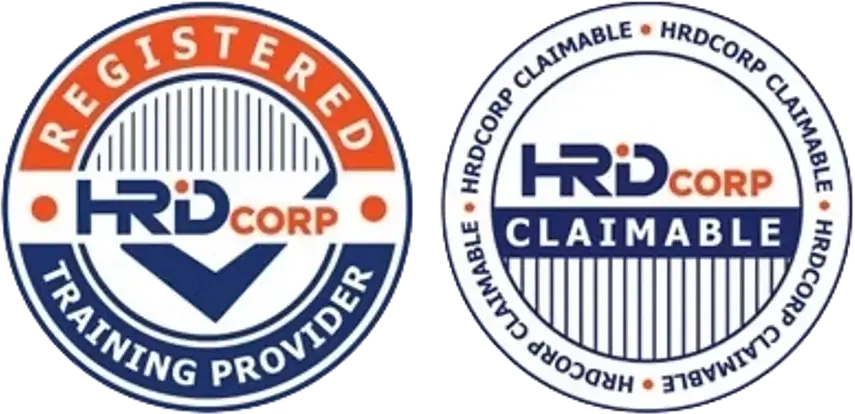How Should SMEs Handle Allergen Control Within HACCP Plans?
For small and medium-sized enterprises (SMEs) in the food industry, allergen control is one of the most critical parts of food safety. Even tiny traces of undeclared allergens can trigger severe health reactions, damage brand trust, and lead to costly recalls. That’s why HACCP plans must include clear allergen control measures.
So, how can SMEs manage allergen risks effectively within their HACCP system? Let’s break it down.

1. Identify Allergen Hazards Early
-
List all allergens handled in the facility (e.g., nuts, milk, soy, eggs, wheat).
-
Include potential hidden allergens from ingredients or additives.
-
Consider cross-contact risks from suppliers, transport, or storage.
2. Assess Critical Control Points (CCPs)
-
Determine where allergens may contaminate products.
-
Pay attention to mixing, packaging, rework, and labeling steps.
-
Set CCPs where allergen cross-contact risk is highest.
3. Strengthen Supplier Controls
-
Require allergen declarations and Certificates of Analysis (COAs).
-
Audit suppliers to verify allergen management practices.
-
Source from trusted vendors to minimize hidden allergen risks.
4. Implement Allergen Segregation
-
Store allergenic ingredients in clearly labeled, sealed containers.
-
Use separate utensils, scoops, and production lines when possible.
-
Apply color-coding systems to prevent mix-ups.
5. Improve Cleaning and Sanitation Programs
-
Validate cleaning methods to remove allergen residues effectively.
-
Use swab testing to verify allergen removal between product runs.
-
Train staff on proper cleaning protocols for allergen-sensitive areas.
6. Control Labeling and Packaging
-
Ensure labels list all allergens accurately and clearly.
-
Double-check packaging during production and before dispatch.
-
Use barcode or verification systems to prevent labeling errors.
7. Train Employees Regularly
-
Provide allergen awareness training for all staff.
-
Reinforce correct handling and storage of allergenic materials.
-
Encourage employees to report potential allergen risks immediately.
8. Monitor, Document, and Review
-
Keep detailed records of allergen controls, cleaning, and labeling checks.
-
Include allergen management in internal audits.
-
Review HACCP allergen procedures regularly for improvements.
Final Thoughts
For SMEs, allergen control within HACCP is not optional — it’s essential. By identifying risks, segregating materials, and ensuring accurate labeling, SMEs can protect consumers, maintain compliance, and avoid costly mistakes.
👉 At CAYS Scientific, we help SMEs design practical HACCP allergen control systems that fit real-world operations without excessive costs.



